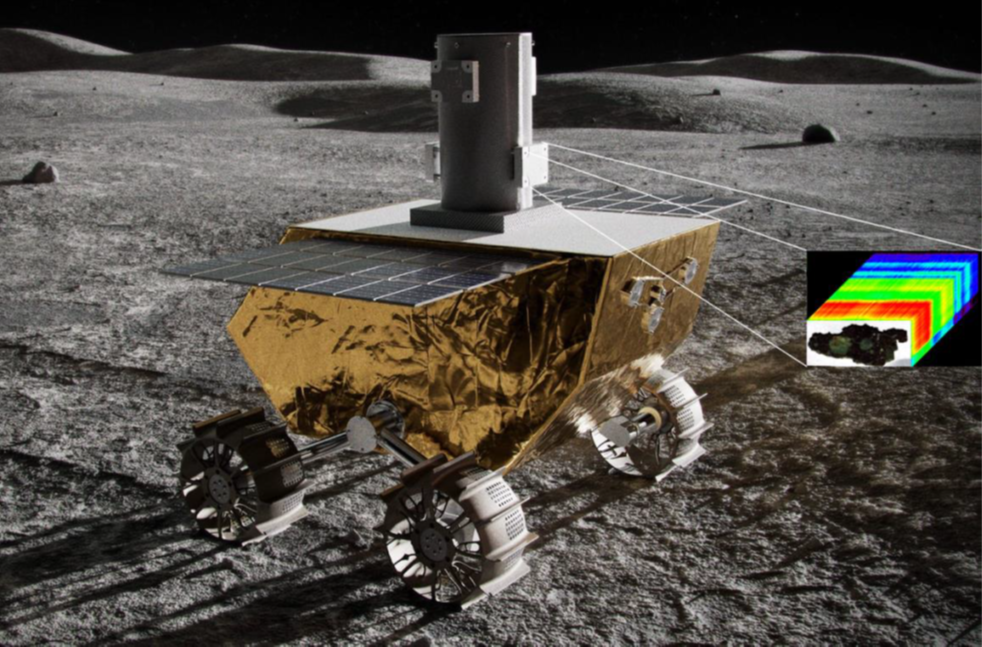Development of innovative microbalances for planetary exploration missions, μSAND project
The µthermogravimeter-in Situ dust ANalyser and particles size Discriminator (µ-SAND) device will be applied to planetary in-situ missions, and will have the following scientific goals:
A. Measurement of water ice and dust mass flux;
B. Analysis of the amount of water and organics bounded to the crystal structure of dust performing ThermoGravimetric Analysis (TGA) at an extremely high temperature as 773 K;
C. Dust grain size discrimination at small scale (for sizes < 100µm) by implementing two innovative Methods.
In this project we propose the study of an innovative, small and lightweight device based on a new concept of Piezoelectric Crystal Microbalance (PCM) allowing the discrimination of dust grain size and volatile content in planetary environments.
The high temperature operation requires the usage of GaPO4 crystals, never used before in space missions, given the poor mechanical properties of this material feasibility is to be proved.
The grain size selectivity will be achieved on quartz crystal microbalances comparing two approaches:
-creation of nanostructured dust trapping surfaces;
-assessing the frequency shift at different quartz voltage excitation.

µ-SAND schematic block.
TEAM: INAF-IAPS, CNR-IIA, UNIPD-DII
Contact person: Prof. Bortolino Saggin
Development of an Imaging spectrometer for robotic exploration of the moon, miniSPEC project
The project goal is developing a miniaturized spectrometer allowing to determine the composition of the surface in order to drive the exploration identifying the most important ones. In the future scenario where moon settlements will exploit the local resources for their operation and development (ISRU) an instrument of this kind would allow identifying the areas where the needed resources are located, driving also the harvesting and mining activities.

Artistic view of the MINISPEC operation onboard a rover.
Research development. The environmental conditions, considering different landing sites among those more interesting will be identified. The instrument performance requirements in terms of spectral range, spatial and spectral resolution, signal to noise ratio, will be defined on the basis of the envisaged measurement goals. The optical layouts of the telescope and spectrometer will be defined through a combined optical and thermo-structural optimization with the goal of minimizing the resources in terms of mass, volume, power. Once the optical configuration will be selected a refined thermo-structural design will be performed with the identification of the thermal control architecture and the consolidation of the optomechanical solutions and resources budgets.
TEAM: CNR-IFN, INAF-IAPS, CISAS, Officina Stellare
Contact Person: Prof. Bortolino Saggin
